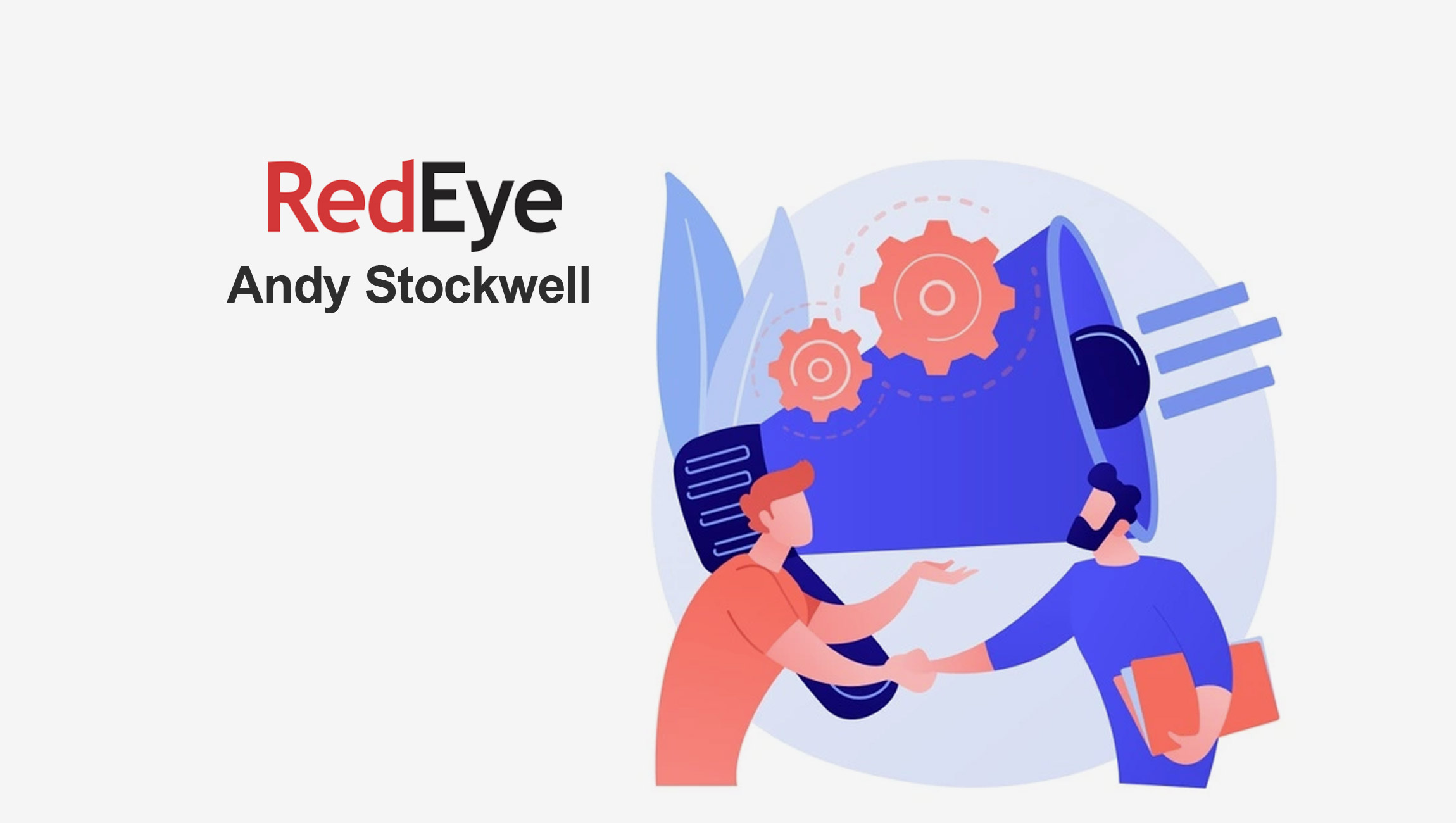The past eighteen months has seen a significant shift in the way that customer engage and interact with their favourite brands and it’s not just a passing trend. Going forward, marketers need to consider the creation and retention of loyal customers as a fundamental part of business growth.
As such, here are just a few of the loyalty lessons we’ve learnt and think that it’s key for marketers to understand and embrace:
1. Customer experience must come first
It’s clear that consumers now care more about their buying experience than ever before. In fact, recent research from Salesforce has shown that 80% of consumers see the buying experience is ‘equally as important’ as the quality product or service itself and two-thirds (66%) expect companies to understand their unique needs and expectations.
In the post-pandemic world, it’s not all about sales and revenue, customer experience is everything. So jazz it up and become more proficient with your communications. Where possible add more personalised messaging to your campaigns, so you’re not just communicating for the sake of it, you’re actually adding value to the customer.
Marketing Technology News: MarTech Interview with Matt Pantana, SVP of Product at Unanet AE
Where possible, I’d suggest integrating your database with your customer service platforms, to guarantee a full 3-dimensional customer view. Knowing who these individuals are and what they want from your brand is the first step to improving overall customer experience.
2. More channels = more opportunities
The number of channels customers are using to engage with brands has accelerated over recent months. Now more than ever, customers are expecting a better customer experience both online and offline. In fact, 73% said they are likely to use multiple channels during their purchase journey.1
As such, multichannel is more important in a post-pandemic world, as the shopping experience has to be instant, visible and available 24/7 via many forms of media. Personalised messages have to become more interactive to replace an offline shopping experience, try experimenting and test all types of content.
You can also incentivise loyalty if you understand your customers. For example, If a customer always buys from a particular product group or category, offer them discounts or a free item related to this. Promoting personalised recommendations to customers, not only helps potentially increase the volume of purchases per customer, but also shows the customer you care by showing them something complimentary to either a past purchase or something you know they’d like.
Marketing Technology News: MarTech Interview with Mike Billingsley, Group CEO, OnePulse
3. It’s all about data
In the post-pandemic world, data insight is key. Marketers should identify new trends that have appeared in the last 18 months, test and learn. Your customer base will have changed over the course of the pandemic, as such, so will the expectations of your customers and prospects.
In fact, 97% of shoppers who tried a new brand said they intended to purchase from them again.2 Learning who these people are and how they engage with your brand will be key to maintaining them.
To do so, marketers should be gathering feedback. Don’t be afraid to ask your customers what they want on a regular basis, not just once every five years. Something we’ve seen work quite nicely was sending a free gift with a purchase, but in return, asking for customer feedback to gain insights into what was effective. This data should then be used to determine the next steps for that customer.
4. Repay your loyal customers
Businesses that typically have the best success nurturing their loyal customers are those who offer random acts of kindness that are tailored to the individual. Whilst you don’t necessarily need to have a loyalty scheme, it certainly helps.
This is particularly true in the post-pandemic world, as 82% of consumers now belong to at least one reward scheme.3
What’s more important than ever is implementing a system that allows you to treat your loyal customers differently – allow them access to things earlier than others, such as sale activity or give them notifications ahead of the crowd about events so that they feel special.
This also gives you the opportunity to encourage and grow that loyal customer base by showing those customers what they’re missing out on by not being a part of that ‘loyal group’. Create a welcome journey and retention programme that handles both scenarios at a minimum.
5. Customer loyalty is not one size fits all
Whilst loyalty schemes, bespoke discounts and ‘early access’ are great ways to attract and maintain loyal customers. The most important message for me, as a marketer, is that in the ‘instant’ world we operate due to technological advances such as social media, customers want to be treated as individuals, they want a seamless and quick experience and they want it in a way that suits them.
So how do you go about implementing personalised marketing content campaigns for individuals? Well, there are a number of ways, and as I mentioned, data is key. From my experience, marketing automation is a cost efficient and effective way to collate all of your customer data, analyse it and distribute client specific content and messages at the right time and on the right platform for each customer, depending on where they are in the customer lifecycle.
Marketing Technology News: MarTech Interview with Michael Osborne, President at Wunderkind











